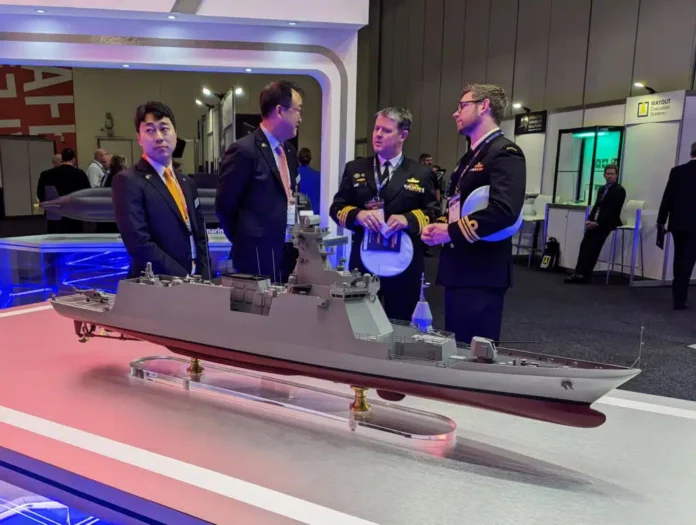Korean builder Hanwha Ocean at the Indian Ocean Defence & Security Conference in Perth presented a range of frigates including FFX Batch II. The approach underscored Hanwha’s shipbuilding know-how, international experience and flexibility of their baseline design proposed for the Australian SEA 3000-requirement.


